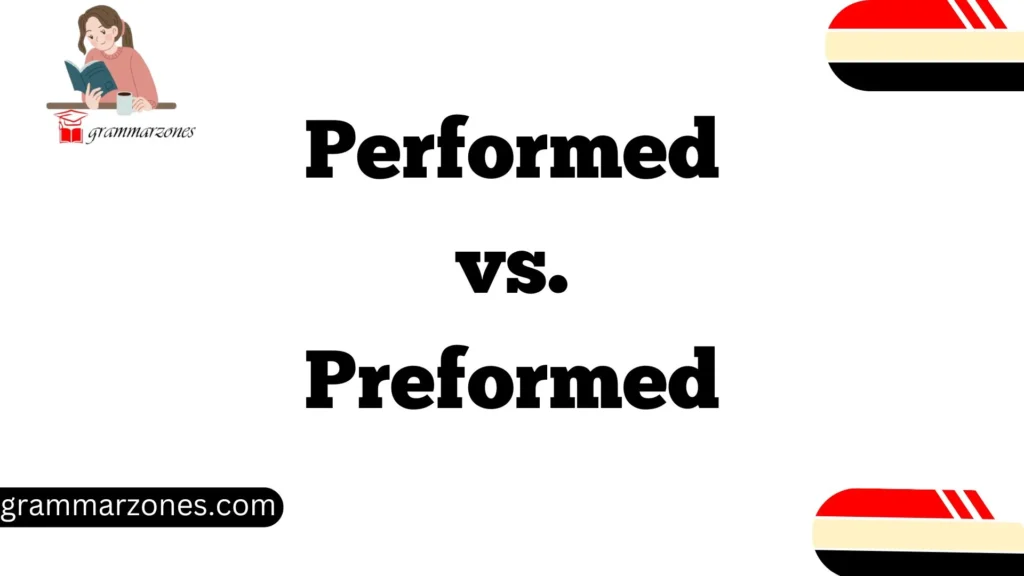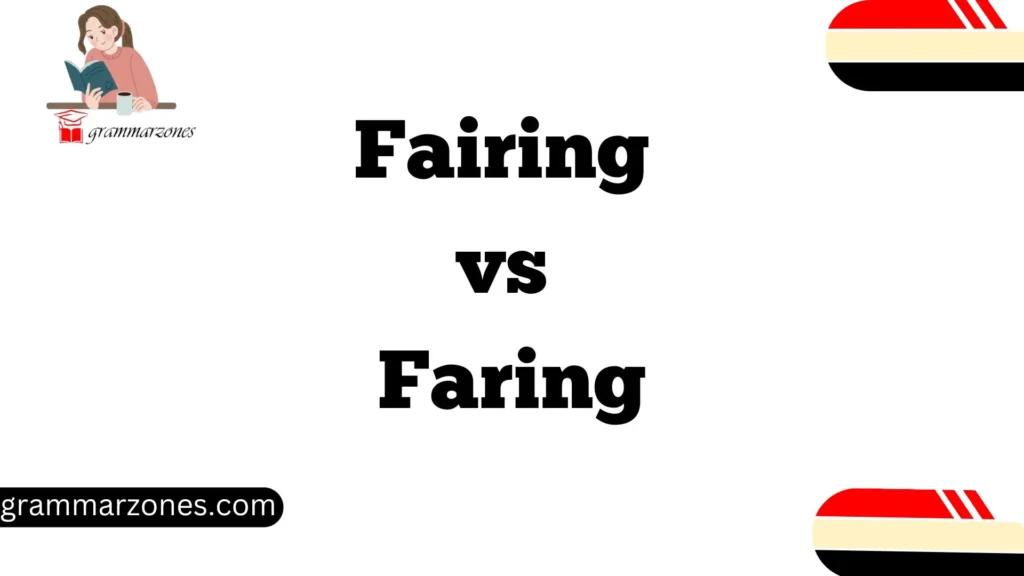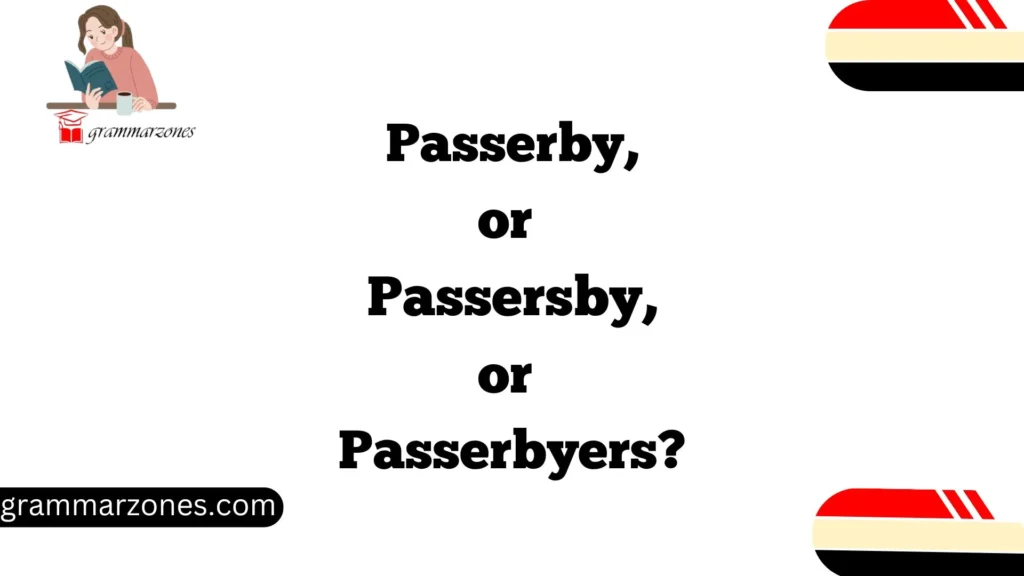The English language can sometimes be tricky, especially when it comes to words that look or sound similar. “Giving” and “given” are two such words, both stemming from the verb “give.” While they share the same root, they serve different grammatical purposes and can significantly affect the clarity of your writing.
“Giving” often implies an action in progress or something ongoing, while “given” is typically used to refer to something that has already been completed or as a condition.
Understanding when and how to use these words correctly can greatly improve your communication, whether you’re writing an academic essay or just having a casual conversation. This guide will break down the usage of both terms, providing clear explanations and examples to help you master their distinctions.
The Basics of “Giving” and “Given”
Before diving into detailed examples and rules, it’s important to understand the basic definitions and grammatical functions of both “giving” and “given.”
What is “Giving”?
“Giving” is the present participle form of the verb “give.” It is used to describe an action that is either happening right now or something that continues over time. “Giving” implies an ongoing action or process.
Examples:
- She is giving a speech at the conference.
- I am giving my best effort.
“Giving” can also function as a gerund, which turns a verb into a noun. In this form, “giving” refers to the action of providing or offering something.
Example:
- Giving is more fulfilling than receiving.
What is “Given”?
“Given,” on the other hand, is the past participle form of the verb “give.” It is used in different contexts compared to “giving.” Specifically, “given” appears in perfect tenses, passive voice, and as an adjective. It is typically used to refer to completed actions, assumptions, or conditions.
Examples:
- The report has been given to the supervisor.
- The circumstances are given in the document.
In this article, we will explore the rules of when to use “giving” and when to use “given,” with specific examples and tips to guide you.
When to Use “Giving”
Describing an Ongoing or Current Action
“Giving” is used when an action is happening right now or continues over time. It indicates that the action is not yet completed. If you’re describing a situation where the action is in progress, “giving” is your go-to choice.
Example:
- She is giving a presentation on climate change this afternoon.
In this case, the action is currently happening and is not yet completed. The use of “giving” conveys that the speaker is in the process of delivering a presentation.
Continuous Forms
The present continuous and perfect continuous tenses often use “giving” to express ongoing or repeated actions that started in the past and continue into the present. This usage emphasizes the length or duration of the action.
Example:
- She has been giving motivational speeches for over a decade.
This sentence uses the present perfect continuous form, and “giving” shows the ongoing nature of the action from the past to the present.
As a Gerund (Noun Form of a Verb)
In its gerund form, “giving” acts as a noun and can be used to describe the action of providing or offering something. When you want to talk about the concept of giving in general, this is the form to use.
Example:
- Giving back to the community is a powerful way to make a difference.
Here, “giving” is a noun that refers to the act of offering something to others, in this case, something as broad as “giving back to the community.”
When to Use “Given”
Referring to a Completed Action
“Given” is used when the action has been completed. It often appears in the passive voice, where the subject of the sentence is the recipient of the action, rather than the doer. If you’re talking about something that has already been done, “given” is the correct choice.
Example:
- The award has been given to the most deserving candidate.
This example refers to an action that was completed in the past, so “given” is the appropriate form to use.
As an Adjective: Introducing Conditions or Assumptions
One of the most common uses of “given” is as an adjective. In this context, “given” introduces conditions or assumptions. It’s often followed by a noun and provides additional context to a situation or scenario.
Example:
- Given the weather conditions, the event might be canceled.
Here, “given” introduces an assumption—namely, that the weather conditions are a factor in whether the event will happen or not.
In Conditional Sentences
“Given” is also used in conditional sentences to express a hypothetical situation or assumption. In these cases, it helps set the context for what follows.
Example:
- Given his qualifications, he will likely get the job.
This sentence sets up a hypothetical condition—if we assume that his qualifications are in place, the outcome is likely to follow.
In Perfect Tenses
As the past participle of “give,” “given” is used in perfect tenses, especially the present perfect, past perfect, and future perfect. It emphasizes that an action is completed but still relevant or connected to the present or future.
Example:
- I have given all my notes to the students.
- By the time you arrive, the project will have been given to the client.
In these cases, “given” indicates that the action has been completed in the past, but its effects are still being felt.
Common Mistakes to Avoid
Understanding the distinction between “giving” and “given” can be tricky, and many people make common mistakes when using these words. Let’s go over a few of the most frequent errors and how to fix them.
Misusing “Giving” When “Given” is Correct
It’s easy to confuse the two forms, especially when talking about actions that have already been completed. Remember that if the action is done, you need “given,” not “giving.”
Example Error:
- The invitation has been giving to all guests.
Correct Usage:
- The invitation has been given to all guests.
In this case, the action is already finished, so we use “given” instead of “giving.”
Using “Given” in the Wrong Context
Another common mistake is using “given” when “giving” is required. If you’re describing something that is happening right now or something in the continuous tense, always use “giving.”
Example Error:
- He is given a presentation right now.
Correct Usage:
- He is giving a presentation right now.
Since the action is happening at this moment, “giving” is the correct choice.
Practical Examples and Scenarios
To solidify your understanding, let’s look at how “giving” and “given” are used in real-life scenarios. These examples will show the words in action and highlight key differences between the two.
Scenario 1: Workplace Communication
In the workplace, the distinction between “giving” and “given” is important for clear and effective communication.
- “Giving”: She is giving feedback to the new employees during the meeting.
- “Given”: The report has been given to the manager for review.
Scenario 2: Writing and Essays
Whether you’re writing a paper or drafting a report, the correct use of “giving” and “given” can strengthen your arguments.
- “Giving”: By giving concrete examples, the author strengthens her argument.
- “Given”: Given the complexity of the issue, further research is necessary.
Scenario 3: Everyday Conversations
In everyday speech, “giving” and “given” come into play often without us even realizing it.
- “Giving”: I’m giving my friend a ride home.
- “Given”: Given that she’s running late, she might miss the bus.
Tips for Mastering “Giving” and “Given”
Here are a few final tips to help you avoid confusion and make sure you’re using “giving” and “given” correctly:
- Think About the Action: If the action is ongoing or continuous, you’re probably looking at “giving.” If the action is completed, use “given.”
- Practice with Sentences: Try writing your own sentences using both “giving” and “given.” This will help reinforce the rules and make it easier to spot mistakes.
- Be Consistent: Once you understand the rules, make sure you apply them consistently throughout your writing.
Frequently Asked Questions
- What is the difference between “giving” and “given”?
“Giving” refers to an ongoing action, while “given” refers to something completed or as part of a condition or assumption. - When should I use “giving”?
Use “giving” when describing an action that is happening right now or is ongoing. - Can I use “given” in present continuous sentences?
No, “given” is used for completed actions or to introduce conditions, while “giving” is used for ongoing actions. - What does “given” mean as an adjective?
“Given” is used as an adjective to introduce conditions or assumptions, as in “Given the situation, we decided to leave early.” - Can “giving” ever be used as a noun?
Yes, “giving” can be used as a gerund, functioning as a noun to represent the act of giving.
Conclusion
Both “giving” and “given” have unique roles in the English language. Understanding when to use each can help you convey your message more clearly and improve your overall writing. Remember: “giving” refers to an ongoing or current action, while “given” refers to completed actions, conditions, or assumptions.
By paying attention to these nuances and practicing with real examples, you’ll soon find that using these words correctly becomes second nature. So, keep practicing, and watch your language skills grow!

Grace Marie is the passionate mind behind GrammarZones.com, dedicated to helping writers, students, and professionals master the art of grammar and effective communication. With years of experience in language studies and a deep love for writing, Grace simplifies complex grammar rules, making learning engaging and accessible.






